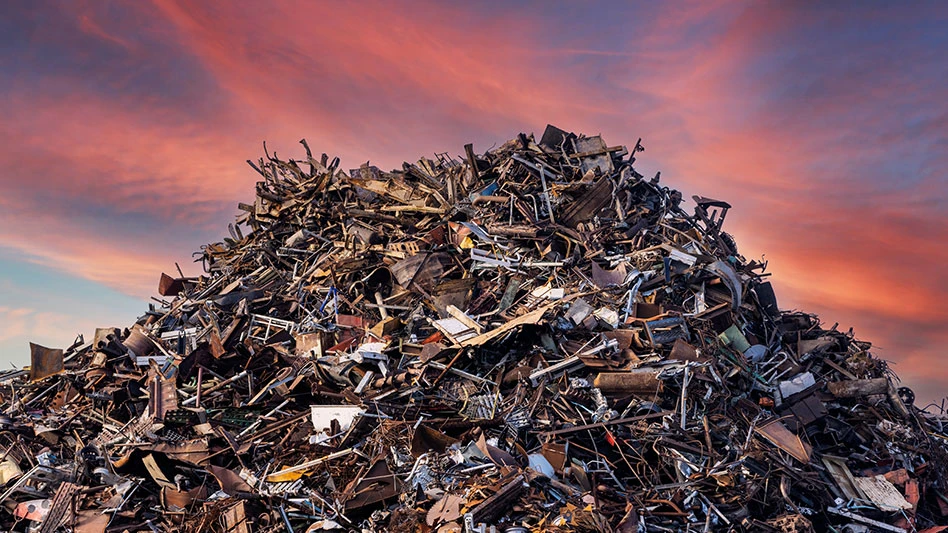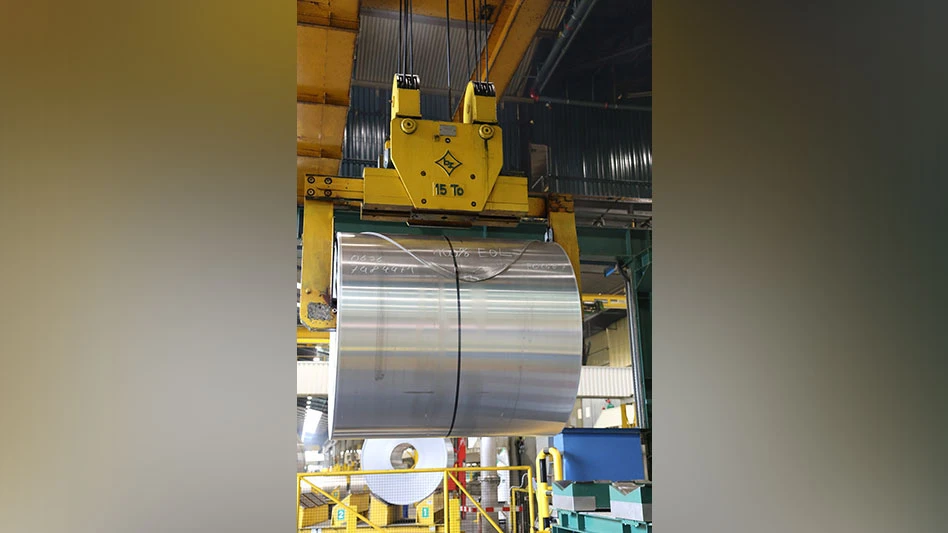Another Recount Needed
How much economic impact does the entire recycling and reuse industry have? That was the question to be answered by a recently released report by the National Recycling Coalition, in a study funded by the Environmental Protection Agency. The large consulting group R.W. Beck and Associates performed the work.
The study tried to measure recycling’s dollar reach and compared that to other industries, such as mining and waste management. Beck estimated that total recycling and reuse receipts were more than $236 billion, and annual payroll for the sector at more than $36 billion, comparing favorably against other industries (for a complete look at the study, go to www.epa.gov/jtr).
The study also discusses the sizes of various sectors of the recycling industry. For example, recycled paper is estimated to be at 37 million tons, and glass and plastics at three million tons each. There are lengthy looks at those commodities, plus metals, and yard waste, and other household recyclables.
But nowhere does the study discuss the C&D segment, which conservative estimates put at more than 200 million tons recycled every year. Indeed, the National Asphalt Pavement Association estimated more than a year ago that 86 million tons of asphalt are recycled every year, and the Construction Materials Recycling Association/Portland Cement Association survey showed that more than 100 million tons of concrete were recycled in 1996, the last year the survey was performed.
In fact, this EPA economic impact study says that only 191 million tons of material were recycled. Nowhere in the study is there an overview of C&D recycling, not even concrete/asphalt recycling. Just think: If you average the price of recycled concrete at $5 a ton, times 100 million tons, you come out with an economic impact to rival a hurricane.
We thought it looked obvious the study accidentally left out C&D recycling’s economic impact. So we called R.W. Beck to ask about this. But the study’s authors assured us C&D was counted as they had included all companies listed under NAICS 42193, the census code that allegedly covers recycling companies, including scrap yards and C&D.
However, C&D recyclers usually are not stand-alone businesses. Many are affiliated with aggregate producers, construction and demolition contractors, waste companies, among others. It is very difficult to believe those companies’ recycling operations were included under 42193. This is too bad, as counting C&D’s impact, including the amount of material processed plus the number of people employed, the revenue generated and salaries paid, would have significantly increased the already impressive numbers Beck came up with. It also would have provided a more clear and accurate picture of the economic impact of the C&D recycling industry.
One confession: Apparently, in 1997, this author signed off on the methodology for the study so that it could be done in the northeast United States. We did not know at the time it would be done nationally later and that there would be no effort to truly find all the C&D recyclers out there.
Sponsored Content
Labor that Works
With 25 years of experience, Leadpoint delivers cost-effective workforce solutions tailored to your needs. We handle the recruiting, hiring, training, and onboarding to deliver stable, productive, and safety-focused teams. Our commitment to safety and quality ensures peace of mind with a reliable workforce that helps you achieve your goals.
Sponsored Content
Labor that Works
With 25 years of experience, Leadpoint delivers cost-effective workforce solutions tailored to your needs. We handle the recruiting, hiring, training, and onboarding to deliver stable, productive, and safety-focused teams. Our commitment to safety and quality ensures peace of mind with a reliable workforce that helps you achieve your goals.
Sponsored Content
Labor that Works
With 25 years of experience, Leadpoint delivers cost-effective workforce solutions tailored to your needs. We handle the recruiting, hiring, training, and onboarding to deliver stable, productive, and safety-focused teams. Our commitment to safety and quality ensures peace of mind with a reliable workforce that helps you achieve your goals.
Sponsored Content
Labor that Works
With 25 years of experience, Leadpoint delivers cost-effective workforce solutions tailored to your needs. We handle the recruiting, hiring, training, and onboarding to deliver stable, productive, and safety-focused teams. Our commitment to safety and quality ensures peace of mind with a reliable workforce that helps you achieve your goals.
Sponsored Content
Labor that Works
With 25 years of experience, Leadpoint delivers cost-effective workforce solutions tailored to your needs. We handle the recruiting, hiring, training, and onboarding to deliver stable, productive, and safety-focused teams. Our commitment to safety and quality ensures peace of mind with a reliable workforce that helps you achieve your goals.
Get curated news on YOUR industry.
Enter your email to receive our newsletters.

Explore the December 2001 Issue
Check out more from this issue and find your next story to read.
Latest from Recycling Today
- Steel Dynamics cites favorable conditions in Q1
- Hydro starts up construction in Spain
- Green Cubes unveils forklift battery line
- Rebar association points to trade turmoil
- LumiCup offers single-use plastic alternative
- European project yields recycled-content ABS
- ICM to host colocated events in Shanghai
- Astera runs into NIMBY concerns in Colorado






